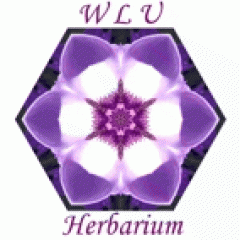General characteristics of pollen in Cuscuta
Pollen grains of Cuscuta are 3-zonocolpate, although instances of penta-hexa- colpate or even 8-zonocolpate grains were observed in some species. Size is only relatively homogenous within major clades of Cuscuta. Generally, the species of subg. Monogynella have the largest pollen grains, 25–37.2 µm long, while in the remaining subgenera the average is 21 µm. Supratectal ornamentation typically consists of rounded to acute scabrate processes less than 1µm, ± evenly distributed over the pollen surface. Larger supratectal conical spines, > 1µm, are characteristic of some Monogynella species. As with size, pollen shape is similarly a rather plastic character and ranges from prolate to suboblate, however nearly half the species are prolate. Exine sculpture ranges from tectum imperforatum to reticulate, however, tectum imperforatum is most common. Want more info about diversity and evolution of pollen in Cuscuta? Read this article:
colpate or even 8-zonocolpate grains were observed in some species. Size is only relatively homogenous within major clades of Cuscuta. Generally, the species of subg. Monogynella have the largest pollen grains, 25–37.2 µm long, while in the remaining subgenera the average is 21 µm. Supratectal ornamentation typically consists of rounded to acute scabrate processes less than 1µm, ± evenly distributed over the pollen surface. Larger supratectal conical spines, > 1µm, are characteristic of some Monogynella species. As with size, pollen shape is similarly a rather plastic character and ranges from prolate to suboblate, however nearly half the species are prolate. Exine sculpture ranges from tectum imperforatum to reticulate, however, tectum imperforatum is most common. Want more info about diversity and evolution of pollen in Cuscuta? Read this article:
Cuscuta Pollen Morphology (images)
For pollen of other Convolvulaceae see the Convolvulaceae Pollen Atlas.
